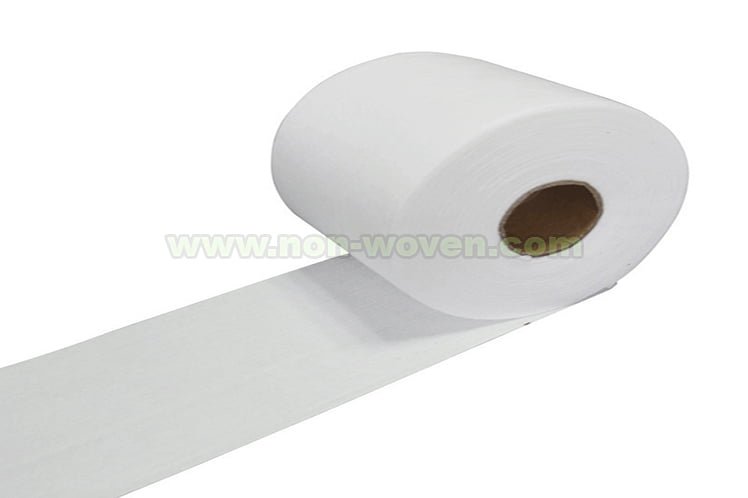Introduction
Non-woven fabrics have become an increasingly popular choice for a wide range of applications due to their unique properties such as high strength, durability, and breathability. One of the most important techniques used in the production of non-woven fabrics is web bonding, which involves the use of heat, pressure, or adhesives to bond fibers together. In this article, we will explore the advantages of web bonding in non-woven fabrics, as well as the different techniques used in the process.learn more(wikipedia)
Three Attractive Titles:
The Power of Web Bonding: Enhancing Non-Woven Fabric Performance
Web Bonding in Non Woven: A Key Technique for High-Quality Products
How Web Bonding is Revolutionizing Non-Woven Fabric Manufacturing
Advantages of Web Bonding in Non Woven
Web bonding is a crucial step in the production of non-woven fabrics, as it can significantly improve their performance and durability. Here are some of the key advantages of using web bonding in non-woven fabrics:
- Improved strength and stability: Web bonding can increase the strength and stability of non-woven fabrics, making them better suited for applications that require high tensile strength and resistance to tearing and puncturing.
- Enhanced softness and comfort: Web bonding can also improve the softness and comfort of non-woven fabrics, making them more suitable for use in products like diapers, wipes, and medical products.
- Better uniformity and consistency: Web bonding can ensure that non-woven fabrics have a more uniform and consistent structure, which can improve their overall quality and performance.
Techniques Used in Web Bonding
There are several techniques used in web bonding, including thermal bonding, needle punching, and adhesive bonding. Here’s a brief overview of each technique:
Thermal Bonding
Thermal bonding involves the use of heat to soften and melt the fibers in the non-woven fabric, which are then bonded together as they cool and solidify. This technique is commonly used in the production of products like filters, insulation, and geotextiles.
Needle Punching
Needle punching involves the use of specialized needles to push fibers through the non-woven fabric, creating a pattern of interlocking fibers that are bonded together. This technique is often used in the production of products like carpeting, upholstery, and automotive interiors.
Adhesive Bonding
Adhesive bonding involves the use of a bonding agent, such as a hot melt adhesive or a water-based adhesive, to bond the fibers together. This technique is commonly used in the production of products like hygiene products, medical products, and packaging materials.
Table: Comparison of Web Bonding Techniques
| Technique | Advantages | Disadvantages |
|---|---|---|
| Thermal bonding | High strength and stability, good for high-temperature applications | Limited to certain types of fibers and fabrics |
| Needle punching | Can create complex patterns, good for high-traffic applications | Can be time-consuming and expensive to produce |
| Adhesive bonding | Can bond a wide range of fibers and fabrics, good for moisture resistance | Requires the use of a bonding agent, which can add cost |
New Applications for Web Bonded Non Woven Fabrics
As web bonding technology continues to advance, it is expected that new applications for non-woven materials will continue to emerge. Some possible future applications include:
- High-performance filtration materials for air and water purification
- Advanced medical textiles for wound care and surgical applications
- Lightweight, high-strength materials for aerospace and automotive industries
Conclusion
Web bonding in non woven materials is a groundbreaking technology that has the potential to reshape the textile industry. With its numerous advantages, including improved efficiency, reduced waste, and the ability to use a wider range of materials, it is clear that web bonding is a game-changing innovation. As the technology continues to advance, the future of web bonding in non woven materials looks bright, with countless new applications and opportunities on the horizon.

